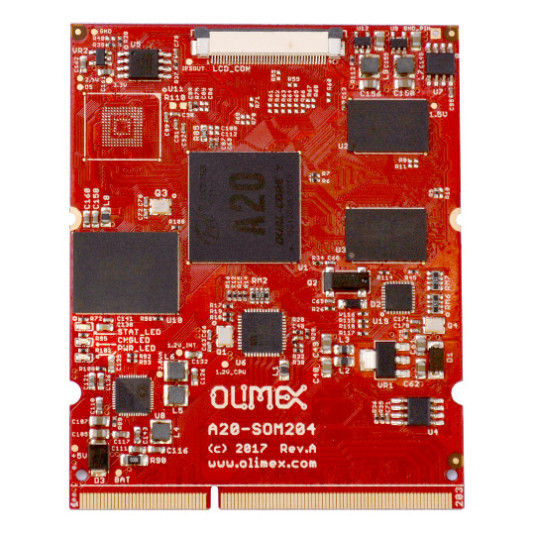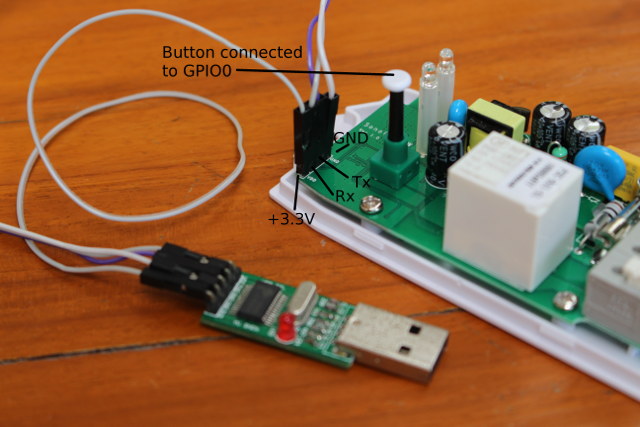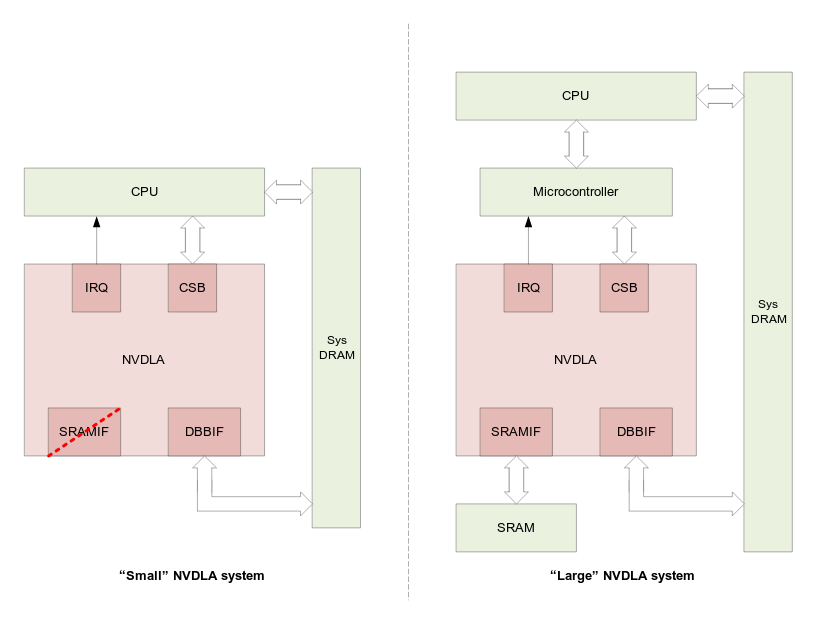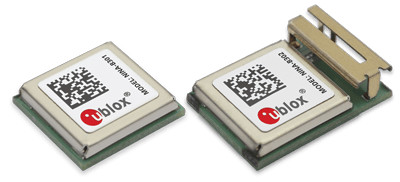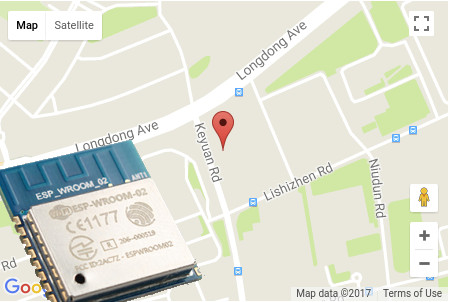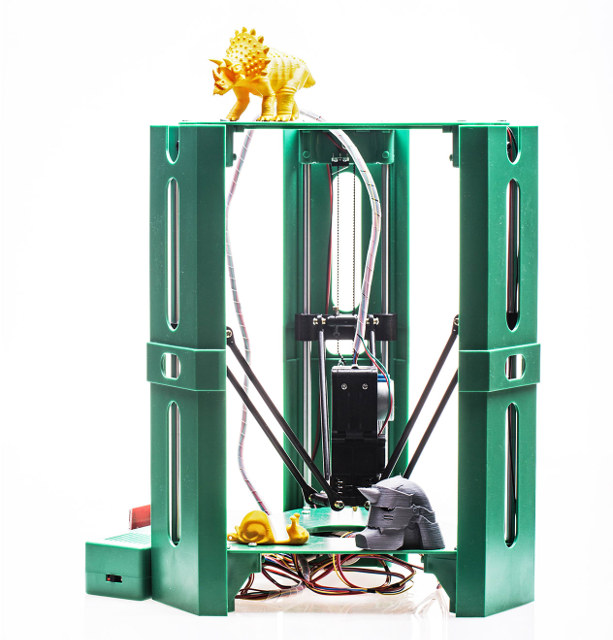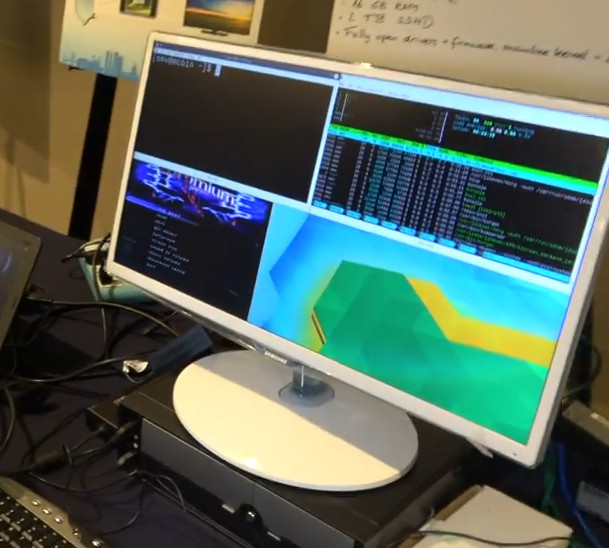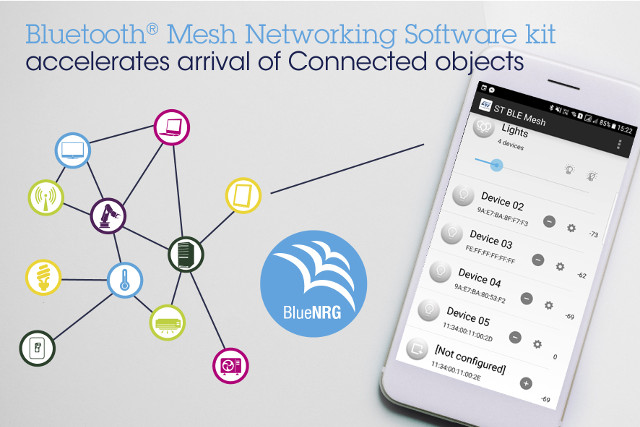Olimex has designed several system-on-modules (SoM) over the years for on various processors such as Rockchip RK3188, TI AM3352, or Allwinner A20, and each time they focus on exposing as many pins as possible from the SoC. That’s nice for some application, but it also means SoM with different processor are not compatible, and you can’t simply design a single baseboard for all those SoMs. Olimex then realized many customers wanted an upgrade path for the SoM without having to redesigned the baseboard, and most were using the same common interfaces, so a family of compatible SoMs was needed. While there are already many system-on-module standards available, the company decided to roll their own SoM form factor based on the 204-pin SO-DIMM edge connector. The first SoM based on the standard will be A20-SOM204 powered by the popular Allwinner A20 processor. All SoM following this standard will expose the following […]
Upgrading Sonoff Stock Firmware to Sonoff-Tasmota – USB to Serial, and OTA Update Methods
This post was initially supposed to be part 2 of Sonoff B1 light bulb review, where I would have explained how easy it was to use OTA mechanism to update to Sonoff-Tasmota open source firmware, and shortly show about its features and capabilities. However, it took me over 10 hours to make that work, mostly due to misunderstand in the documentation, and time spent to configure routers. I also failed the first time with Sonoff B1, so I used the serial console method, and instead managed to use SonOTA method with Sonoff POW switching from stock firmware to Sonoff-Tasmota without having to solder or tear down anything. Updating software with a USB to Serial Board Using a USB to serial board is the most common method to switch from stock firmware to open source firmware such as ESPurna or Sonoff-Tasmota in Sonoff devices or other ESP8266 based devices. It’s quite […]
NVIDIA Unveils Open Source Hardware NVDLA Deep Learning Accelerator
NVIDIA is not exactly known for their commitment to open source projects, but to be fair things have improved since Linus Torvalds gave them the finger a few years ago, although they don’t seem to help much with Nouveau drivers, I’ve usually read positive feedback for Linux for their Nvidia Jetson boards. So this morning I was quite surprised to read the company had launched NVDLA (NVIDIA Deep Learning Accelerator), “free and open architecture that promotes a standard way to design deep learning inference accelerators” The project is based on Xavier hardware architecture designed for automotive products, is scalable from small to large systems, and is said to be a complete solution with Verilog and C-model for the chip, Linux drivers, test suites, kernel- and user-mode software, and software development tools all available on Github’s NVDLA account. The project is not released under a standard open source license like MIT, […]
U-Blox announces NINA-B3 Bluetooth 5 Wireless MCU Modules
Bluetooth 5 promises to quadrupling the range and double the bandwidth of Bluetooth LE connection. However, we’ve seen not all Bluetooth 5 solutions will provide all features in a comparison between Nordic Semi nRF52840 vs nRF52832 vs nRF52810 Bluetooth 5 ready SoCs, as while all three platforms will handle the higher bandwidth just fine, only the nRF52840 will extend the range up to 4 times. That’s why you want want to make sure you get recent hardware capable of fully handling Bluetooth 5, and U-blox has just announced NINA-B3 Bluetooth 5 module series, based on nRF52840 SoC, that will both provide longer range and higher bandwidth. U-blox NINA-B3 module comes in two family flavors: NINA‑B31, comes pre‑flashed with u‑blox’s Connectivity Software, eliminating the need for embedded programming. Support for AT command set, and u-Blox low energy serial port service NINA‑B30 using nRF52840’s ARM Cortex-M4F as an “Open CPU” that allows […]
Geolocation on ESP8266 without GPS Module, only WiFi
When I think about geolocation in I normally think about global navigation satellite systems such as GPS, GLONASS, Galileo, or Beidou, as well as IP geolocation, but the latter is highly inaccurate, and often only good for find out about the country, region, or city. But if you’ve ever been into your phone location settings, you’d know GPS is only one option, as it can also leverage cellular base stations and WiFi SSIDs, where the former working where there’s coverage, and the later in area with a high enough density of access points. Somehow, I had never thought about using such technology to find location with WiFi modules until Espressif Systems released an application note entitled “Geolocating with ESP8266“. This document describes how the ESP8266 module may be used to scan for nearby Wi-Fi access points and, then, use their SSID, RSSI and MAC address to obtain a potential fix […]
$99 101Hero PYLON is a Poor 3D Printer, But Could Prove Useful to Learning 3D Printing Technology
Anet A8 was one of the first sub $200 3D printer I found last last year, reviews were surprisingly positive. It is now sold for around $150 shipped (with A8PRINT coupon), and experienced reviewers often recommend it to people wanting to get started with 3D printing on a budget. But last week, as I browsed products on Banggood, I found something even cheaper with 101Hero PYLON 3D printer going for $107.99 shipped with coupon 349da5, and further research lead me to the official website where they sell it for $99 excluding shipping, and provide documentation and video tutorials. 101Hero PYLON 3D printer specifications: Printing technology – FDM (Fused deposition modeling) Host Material – Steel + ABS XYZ Bearings – Steel Print Size – 100 x 100mm Layer thickness – 0.1mm Nozzle diameter – 0.4mm Printing material – PLA Material Diameter – 1.75mm Power Supply – 20W Dimensions – 260 x […]
MACCHIATOBin based DIY ARM Desktop, DragonBoard 820c based DIY ARM Laptop (Video)
2017 may be the year of the (ARM based) Linux desktop, sort of. We’ve already seen GIGABYTE ARM development PC powered by a Socionext SC2A11 Synquacer 24-core ARM Cortex A53 processor that will be available in December, and apparently working fairly well already. But there are even more options, as Bernhard Rosenkränzer (Bero) from the Linaro Mobile Group, and unofficial Linaro superstar, has decided to create his own ARM based desktop and laptop, based on respectively MACCHIATOBin board with a Marvell ARMADA 8040 quad core Cortex A72 processor, and DragonBoard 820c board with a Qualcomm Snapdragon 820 quad core Krait processor. Since MACCHIATOBin board complies with mini-ITX form factor, he could simply use off the shelf parts with a standard desktop case with power supply, NVIDIA or AMD Radeon graphics card, 16GB memory modules, and a 2 TB SSD drive. The AMD Radeon card fried due to overheating, so the […]
STMicro BlueNRG-MESH SDK for Bluetooth Mesh to Include Code for Firmware, Android and iOS Apps
Earlier this summer, the Bluetooth SIG announced Bluetooth Mesh, which supports many-to-many (m:m) device communications for up 32,767 unicast addresses per mesh network (in theory), and is compatible with Bluetooth 4.0 or greater hardware. Several companies immediately unveiled Bluetooth Mesh SDK at the time including Qualcomm, Nordic Semi, and Silicon Labs. ST Micro has now unveiled their own BlueNRG-MESH SDK which the company claims is “the market’s only three-part SDK that provides two app developer packages for Android and iOS, and the embedded-development software for building smart objects such as light fittings and sensors”. Sadly, details about the SDK are near inexistent now, except – as one would expect – BlueNRG-MESH SDK will work with ST BlueNRG Bluetooth low energy wireless network processor based on an ARM Cortex M0 core, and corresponding development kits. [Update: STSW-BNRG-Mesh page has many more details about the SDK including the architecture diagram below. ] […]


